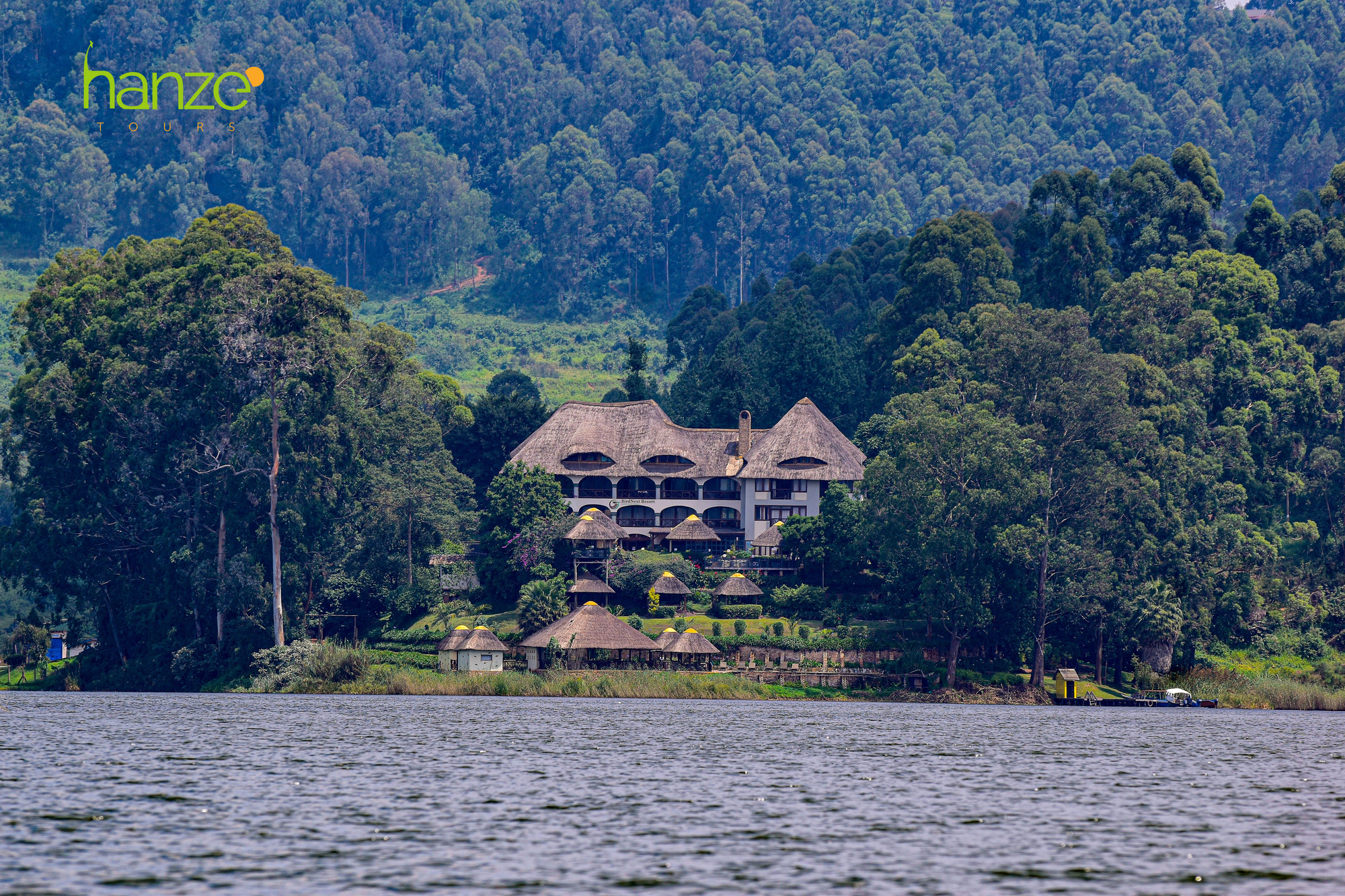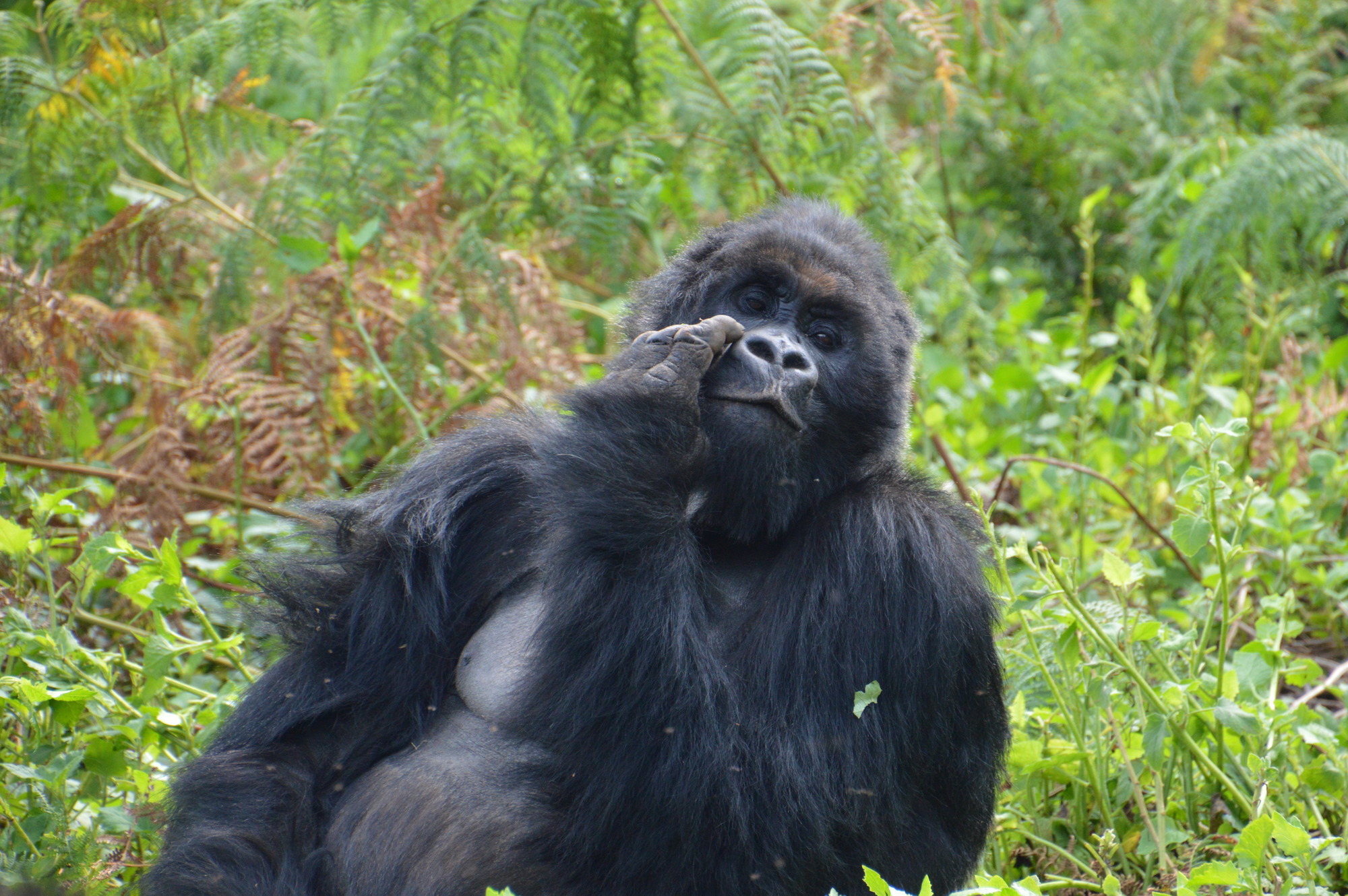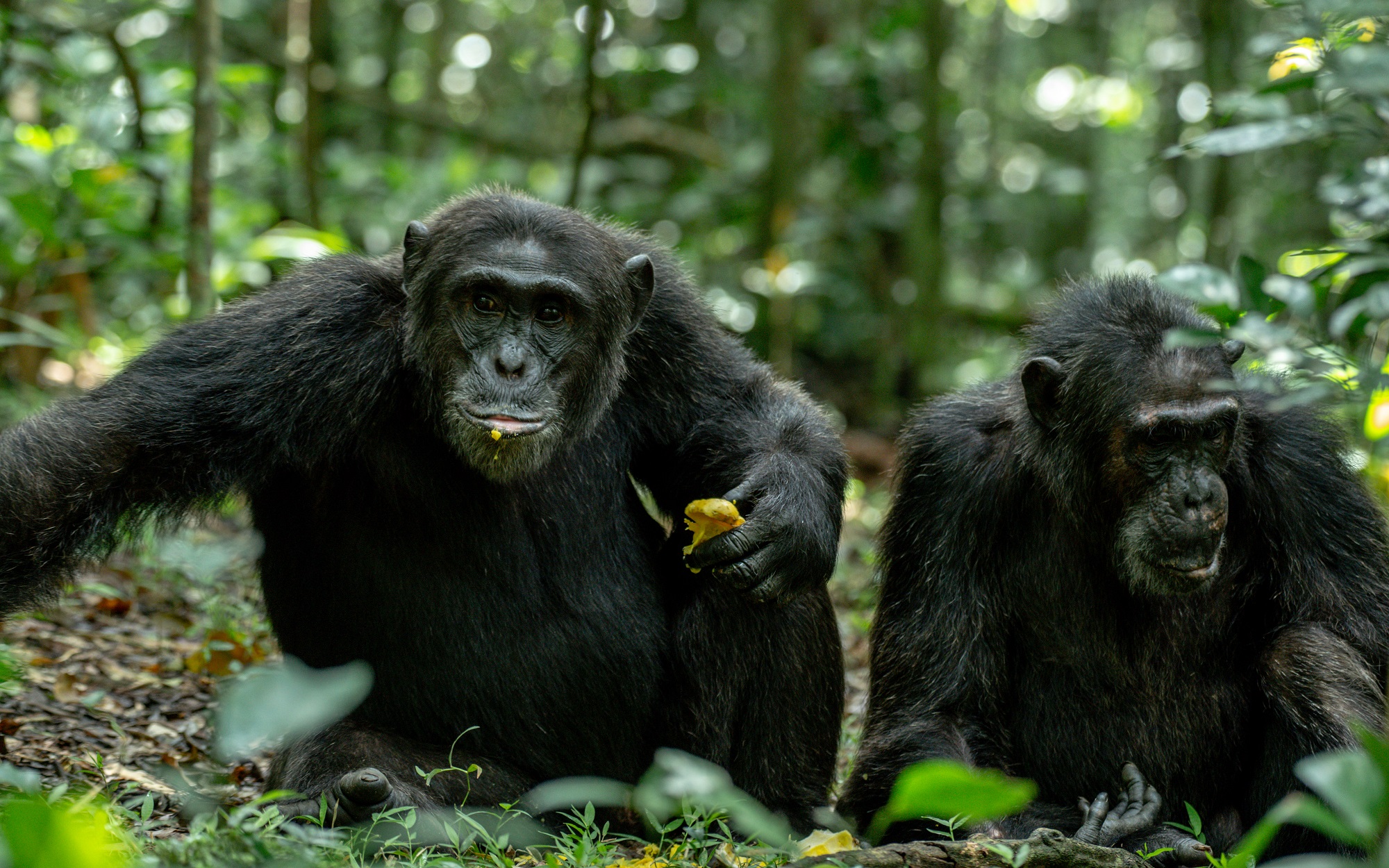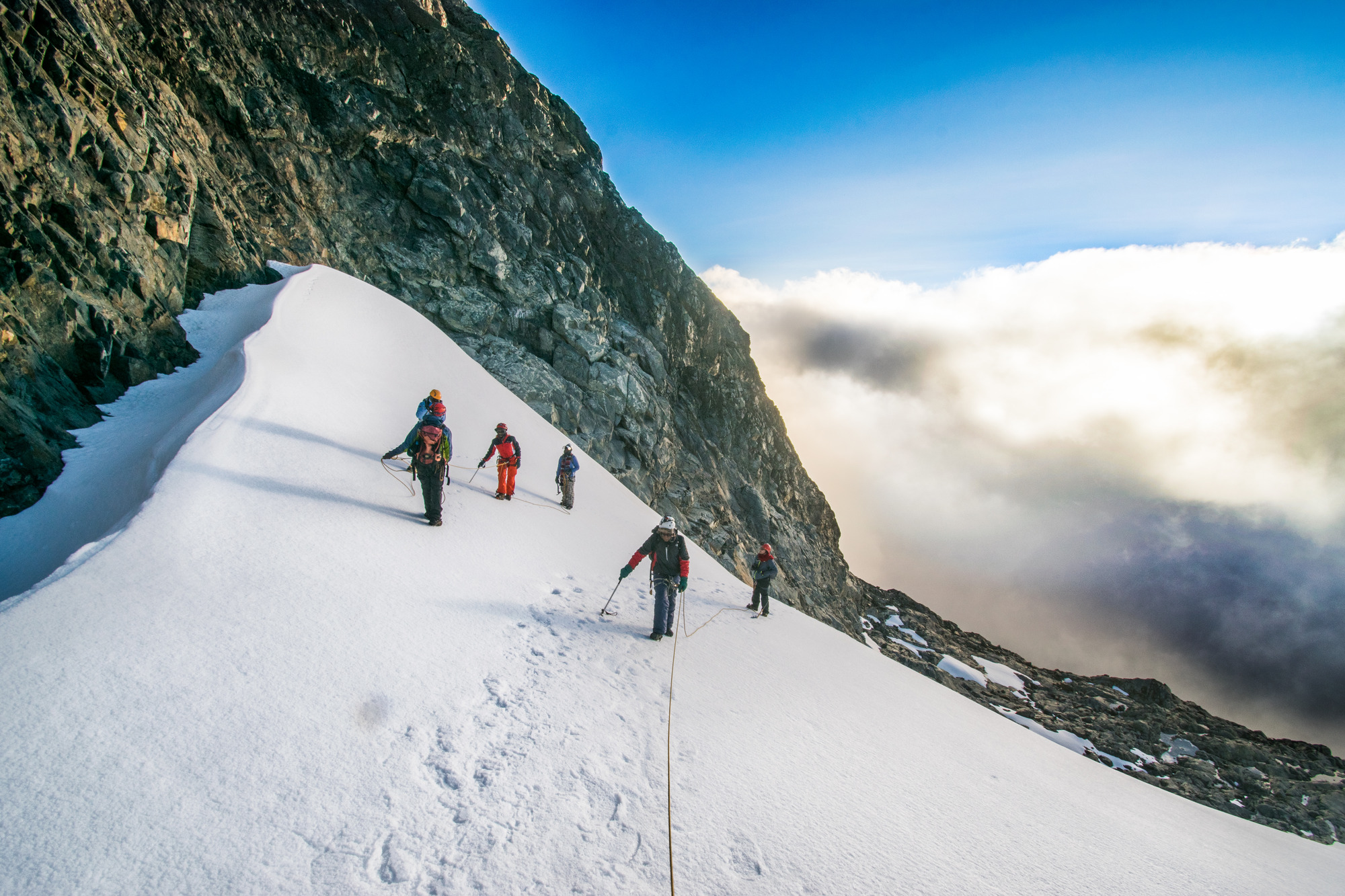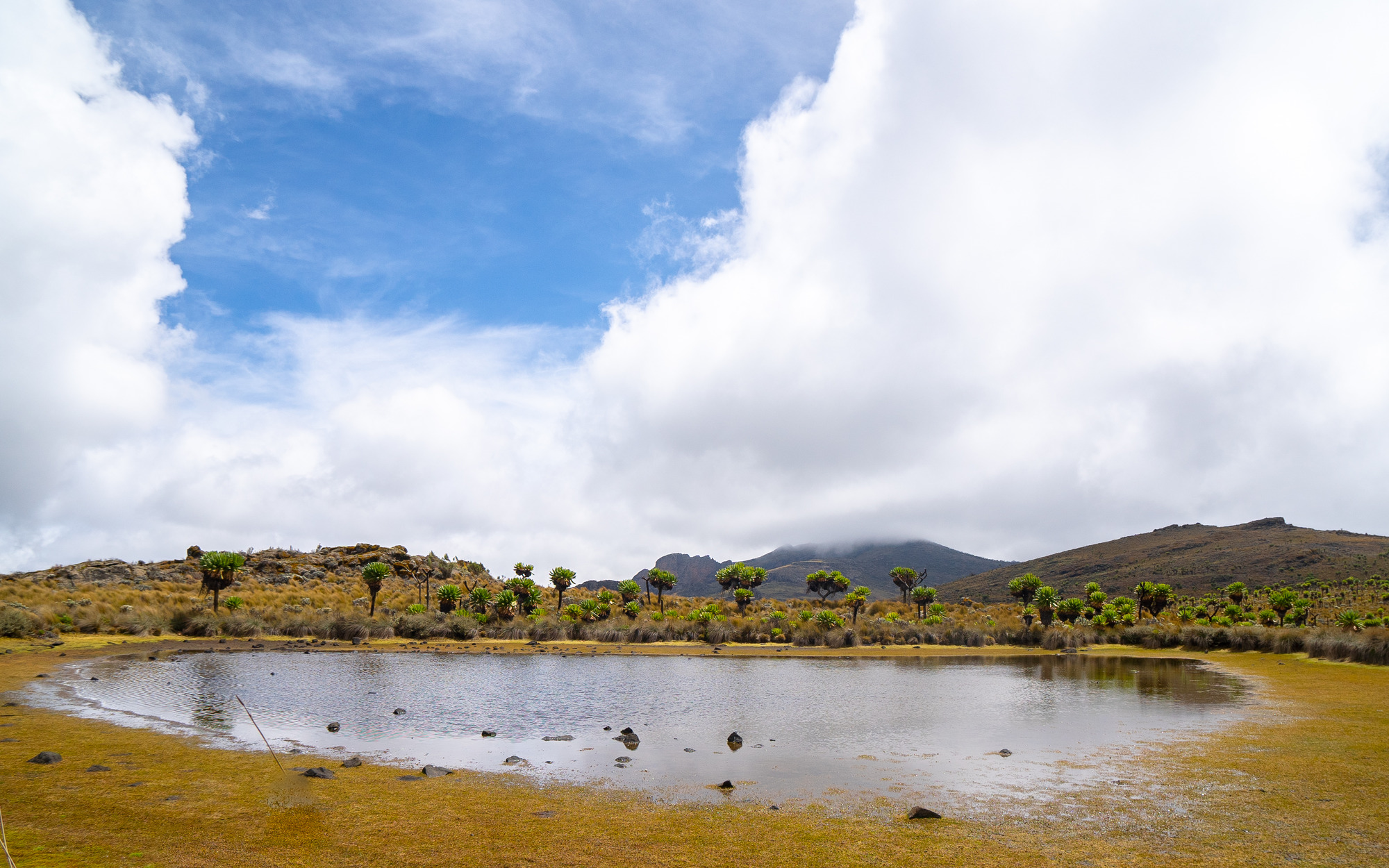Uganda- Africa's friendliest country
Uganda is a landlocked nation in East Africa bordered by Kenya, Sudan, Rwanda, the Democratic Republic of the Congo, and Tanzania. From the time you land at Entebbe’s international airport, with its breathtaking equatorial location on the forested shore of island-shrewn Lake Victoria, it is clear that Uganda is no ordinary safari destination. Uganda is a country of that covers an area of 241,038 square kilometers with a population of 48 million people. Uganda’s reputation as Africa’s friendliest country stems partly from the tradition of hospitality common to its culturally diverse populace, and partly from the low level of crime and hassle directed at tourists. The climate, too, is highly agreeable, reflecting a combination of an equatorial locations and medium to high altitudes. English and Swahili are the official languages.
Sprawled across 7 hills, the capital Kampala gives a bright modern feel of a bustling, cosmopolitan city which reflects the ongoing economic growth and political stability. Ecologically, Uganda is where the East African savannah meets the west African jungle. Where else but in this impossible lush country can one observe lions prowling the open plains in the morning and track chimpanzees through the rain forest under growth the same afternoon, then the next day navigate tropical channels teaming with hippos and crocs before setting off into the misty mountains to stare deep into the eyes of the mountain gorillas also known as the gentle giants. Certainly, Uganda is the only safari destination whose range of forest primates is as impressive as its selection of plains antelope
Situated at the geographical heart of the continent, Uganda has long been the cultural melting pot, as evidenced by existence of 30-plus different indigenous languages belonging to five distinct linguistic groups, and an equally diverse cultural mosaic of music, art and handicrafts. Uganda’s cultural diversity is boosted in the northeast by the presence of the Karimojong, traditional pastoralists whose lifestyle and culture is reminiscent to the renowned Maasai, and in the northwest by a patchwork Of agricultural peoples whose Nilotic languages and cultures are rooted in what is now Sudan. The country’s most ancient inhabitants, confined to the hilly southwest, are the Batwa and Bambuti Pygmies, relics of the hunter-gatherer’s cultures that once occupied much of East Africa to leave behind a rich legacy of rock paintings, such as at the Nyero Rock Shelter near Kumi district.
Sprawling across both sides of the equator, a network of the 10 national parks and several other protected areas offers wildlife enthusiasts a thrilling opportunity to experience Uganda’s biodiversity: not only the mesmerizing tracts of savannah teaming with antelopes, elephants, buffalo and lion that one tends to associate with Equatorial East Africa, but also lush expanses of tropical rain forests, simmering lakes, wetlands and rivers leaving with aquatic life, and the glacial peaks of Africas tallest mountain range. Murchison Falls is Uganda’s largets protected area, It measures approximately 3,893 square kilometres (1,503 sq mi). The park is bisected by the Victoria Nile from east to west for a distance of about 115 kilometres (71 mi). The palm studded grassland supports a dense population of lions, buffalo, warthogs, and Uganda kob, together with the localized Rothchild’s giraffe and Patas monkey. Immense concentration of hippos and birds can be observed from morning and afternoon launch trips along the the River Nile below spectacular waterfall for which the park is named.
